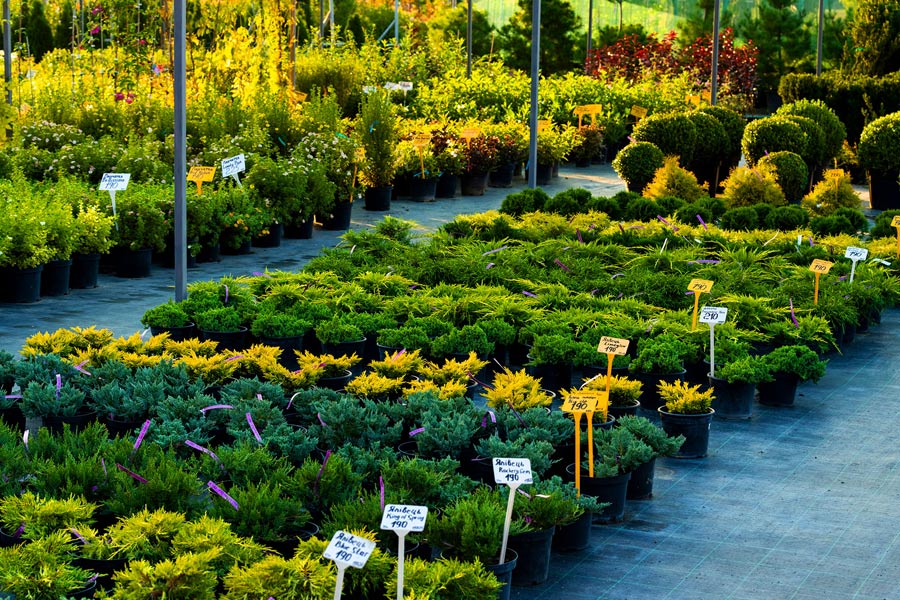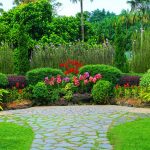As the sun climbs higher and the days stretch longer, the dream of a flourishing garden becomes ever more vibrant. Increasingly, savvy gardeners are turning to native plants to fill their summer landscapes—not just for their beauty, but for their practicality and sustainability. Native plants offer a treasure trove of benefits, creating low-maintenance oases that thrive in local conditions. Let’s dig into why native plants are such a brilliant choice for your summer garden and how they can transform your outdoor space into a sustainable sanctuary.
Understanding Native Plants
What exactly are native plants? Simply put, these are species that have evolved in your local area and are adapted to the climate, soil, and ecological conditions of that region. They’re the flora that was thriving in your locale long before lawnmowers and sprinklers came onto the scene. These plants have a natural resilience to the challenges of their native environment, making them incredibly robust against local pests and weather patterns. This innate toughness makes them invaluable allies in the summer garden, reducing the need for chemical interventions and excessive pampering.
Environmental Benefits of Native Plants
Native plants do more than just look pretty. They play a crucial role in the conservation of resources. Because they are adapted to the local climate, they require far less water than their non-native counterparts, which is a boon for conserving this precious resource. Moreover, they provide essential habitats for local wildlife, including pollinators like bees and butterflies, birds, and beneficial insects. By fostering native plants, gardeners can help to preserve the local biodiversity, supporting everything from the smallest insects to the health of local ecosystems.
Low-Maintenance Landscaping with Native Plants
One of the most appealing aspects of using native plants in your landscaping is their low maintenance nature. These plants have naturally adjusted to their environment, so they require less fertilizer, fewer pesticides, and less water—translating to less work and more enjoyment for gardeners. Techniques like xeriscaping, which emphasizes water conservation, and creating rain gardens, which make use of natural rainfall, can be beautifully supported by native plants.
Designing with Native Plants
Integrating native plants into your garden isn’t just an ecological decision—it’s a design choice. Native plants offer a stunning array of colors, textures, and forms that can enhance any landscape. When selecting native plants, consider their bloom times to ensure a season-long display of flowers. Think about creating layers in your garden by mixing heights and species, which adds depth and interest to your outdoor space.
Native Plant Selection and Care
Choosing the right native plants for your garden involves considering the specific conditions of your site, such as sun exposure, soil type, and moisture levels. Local extension services and native plant societies can provide guidance on the best plants for your area. Once established, native plants generally require minimal care beyond the occasional pruning to keep them vibrant and blooming throughout the season.
Community and Ecological Benefits
The benefits of native plants extend beyond individual gardens. They can help reduce stormwater runoff, cool urban areas to mitigate the heat island effect, and provide essential links in local wildlife corridors. These community advantages highlight the role of native gardens in broader environmental health and sustainability.
Conclusion
Embracing native plants in your summer landscaping is not just a gardening trend—it’s a step towards ecological stewardship. These plants offer a host of benefits, from reducing your gardening workload to enhancing local biodiversity. By choosing native species for your garden, you contribute to a larger movement of sustainability and resilience, ensuring that both your garden and your local environment thrive.
So this summer, why not let native plants transform your garden into a stunning, sustainable oasis that celebrates the beauty and richness of your local environment?



